Accessible rangefinder photography and a unique photographic experience without the Leica price tag – that’s one of the ideas behind The M Files. If there is an epitome of a lens pairing that fits exactly into this concept, it’s the duo of the Voigtländer Color-Skopar 21/3.5 and Ultron 35/2 VM lenses. They are two small and quite affordable lenses but read on to find out if this means you must compromise on image quality.
There used to be this certain, almost pitying smile when the name Voigtländer was mentioned. That’s because the old fame of ground-breaking camera and lens designs had long since faded. By the late 70s, Voigtländer had become a mere trade name for cheap Far East goods, and the first modern-age Bessa cameras with lots of plastic under the covers in the 90s seemed to speak the same language. And yet the Bessa L, with its 15mm lens and attachable viewfinder, represented a shift in emphasis: The brand was back.


You better take serious Voigtländer now
Thanks to a dollop of talent and hard work, the Voigtländer image changed. Over the years, to put it briefly, better and better cameras and, above all, more and more interesting lenses came onto the market under this name. Sure, Voigtländer has remained a mere trade name. However, production takes place at Cosina in Japan, while the brand rights continue to be held by the Ringfoto Group or its successor organisation. You can read on in Episode 2 of M-Files if you want to know more.
Other than the red dot, what more is lacking in Voigtländer Color-Skopar 21/3.5 VM and Ultron 35/2 VM lenses?
Currently, there are about two dozen lenses for M-mount alone (and that is what the M-Files are about). And that’s not all: Some of them even come in different finishes. Many more of these VM lenses have been discontinued in the meantime. Stephen Gandy offers a good overview of the discontinued products on his site. The lenses that Voigtländer markets as VM-type (Voigtländer M-mount) are usually said to be very good value for money. Or, to put it another way: Quite a few people say it is really just the red dot lacking on VM lenses.
The duo, Voigtländer Color-Skopar 21/3.5 VM and Ultron 35/2 VM, field-tested on M10 and other cameras
That’s the perspective from which we look at the duo of Voigtländer Color-Skopar 21/3.5 and Ultron 35/2 VM. We will do so neither in a patronising nor in an over-critical manner. That means the question is simply how the two lenses perform on the M10. I think the results are easily transferable for film: In my experience, a lens that delivers on the M10’s sensor is always good enough for Kodak Ektar, Ilford Delta and the like. From what I have seen, I feel confident that the results also seem applicable to the M10 Monochrom with its demanding sensor.
I have not systematically tested the two lenses on non-M cameras. Technically, they can easily be adapted to Nikon Z, Sony E, or Canon R. Novoflex has all conceivable adapters for this, but I have no experience of my own. I have adapted the Voigtländer Color-Skopar 21/3.5 and Ultron 35/2 VM to the SL and the Panasonic S5. Overall, the results look good (some examples can be seen below), but I’m limiting myself here — we’re in the M-Files, after all — to cameras with M mount.
The Voigtländer Color-Skopar 1:3.5/21
Technical data, scope of delivery, price and availability
The VOIGTLÄNDER COLOR-SKOPAR 1:3.5/21, as it is engraved on the lens’s front ring, was first introduced in 2018 with M mount (VM in Voigtländer’s parlance). Despite its recent release date, it has a distinctive 1950-style look with a silver chrome focussing ring but a very modern optical interior.
The lens I used is Type I, to which Type II was added in 2021. They are identical in optical design, but the model II comes in all black or all chrome, has a focusing tab instead of a small lever and has a more modern appearance. The price is the same; all three versions are available new at the time of writing (January 2023) for €799.
The Color-Skopar is remarkably small. It is just 40mm long, including the mount with 3mm protruding into the camera body. Attached to the camera, the lens measures just 30mm. The diameter is 52mm. It weighs just 221gm as-in-my-bag (that is, with both caps and lens hood) or 180gm naked. Filter diameter is 39mm, a frequent size for rangefinder lenses; all kinds of filters, for protection or creative work, are readily available. Make sure you use slim filters (for example, B+W Nano Master).
The lens comes without a hood or pouch. The bayonet-mount lens hood is called LH-11 and has also a distinctive retro look. It is very effective with its rectangular form and does not block the rangefinder. However, it’s big, and it costs €99 (!). There is no pouch in the box either (as always with Voigtländer). I use the smallest neoprene OP/Tech Fold-Over Pouch, model 251, it gives excellent protection at a reasonable price.
Optics and rendering
Lens design
The 21/3.5 is a modern design with nine lenses in eight groups. It deviates significantly from earlier symmetrical designs and employs an aspherical lens in the rear position. Another lens shows abnormal partial dispersion – both relatively new features in lens design. The Color-Skopar gets by without floating elements (no idea how they would fit in in this tiny lens). Its diaphragm has ten blades.
Colour drift and vignetting
Wide open, vignetting is visible but easy to correct. Colour drift can occur, especially on older digital M bodies. That means that the margins of the image show a reddish or greenish colour cast (“Italian flag” phenomenon). Colour drift is not so easy to get rid of in post-processing. It is caused by rays of light coming in at an oblique angle and, thus not really reaching the bottom of the pixel wells of the sensor. Sean Reid has a very good explanation for this. My Color-Skopar had a DIY 6-bit coding which made the M10 believe it was the Leica 21/2.8 pre-Asph (11134); this profile is kind of an all-purpose solution for third-party super wide-angle lenses. This led to some over-correction, so I removed the profile in post-processing.
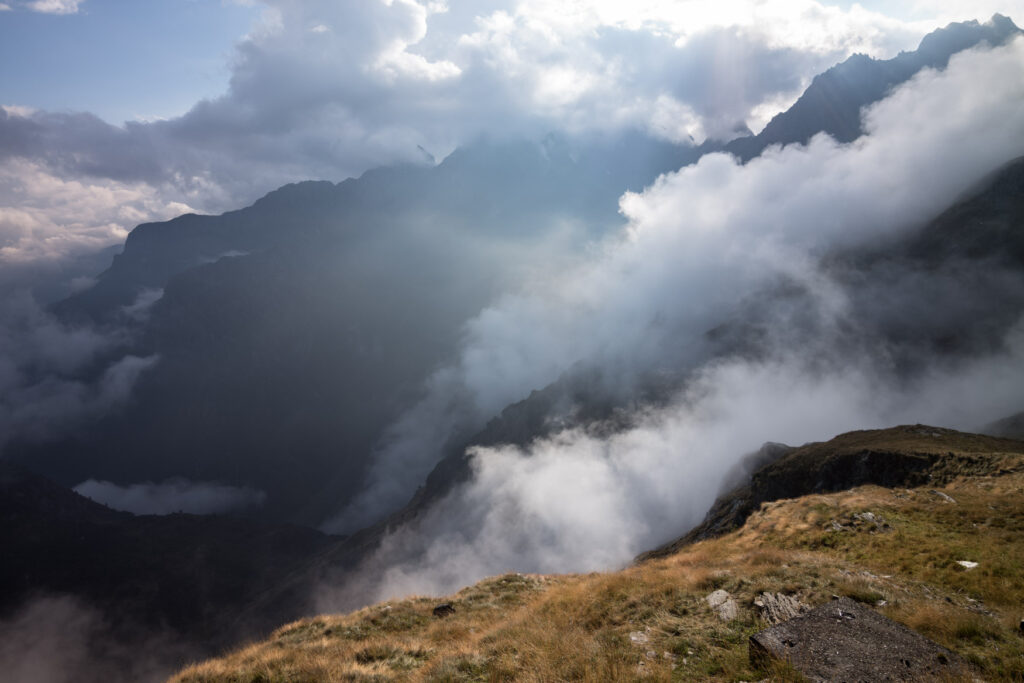





Chromatic aberration
Hardly visible. The occasional branch against the sky was not perfectly black. Minor colour fringes in the out-of-focus area (where applicable, you have plenty of depth of field with this lens). All in all, nothing to write home about; this lens is well-designed and accurately manufactured.
Sharpness:
Sean Reid made elaborate sharpness tests with this lens. In the centre, it turned out to be excellent and off-axis still very good (in my words). I can fully confirm this from real-world use. The Color-Skopar has a lot of contrast both in the broad strokes and in the details. I would use it on the 60MP Leica M11 without hesitation.
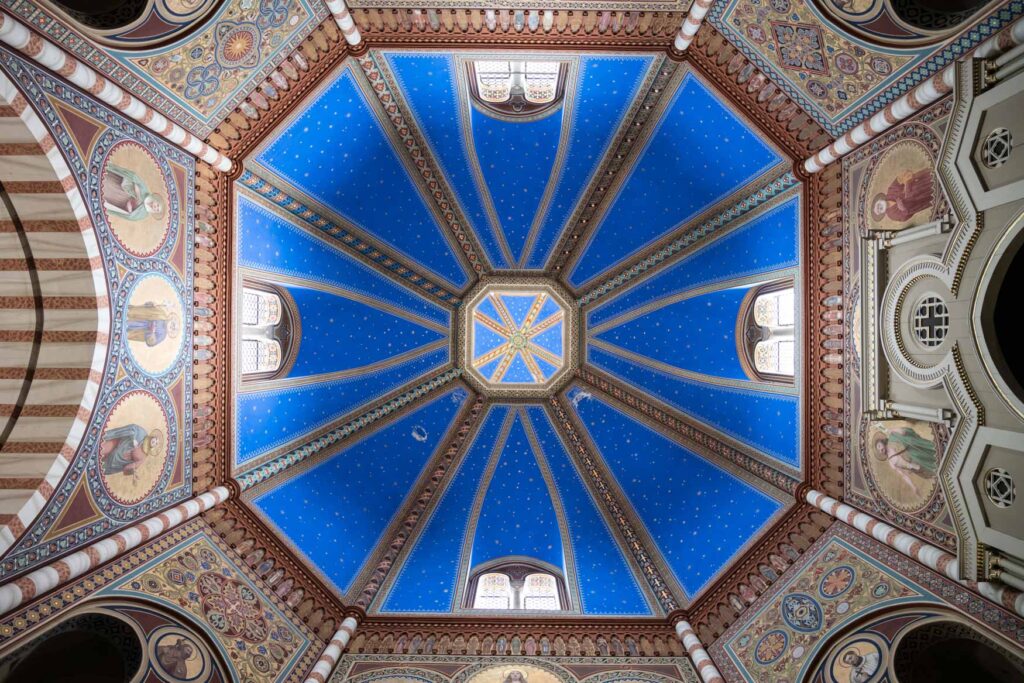

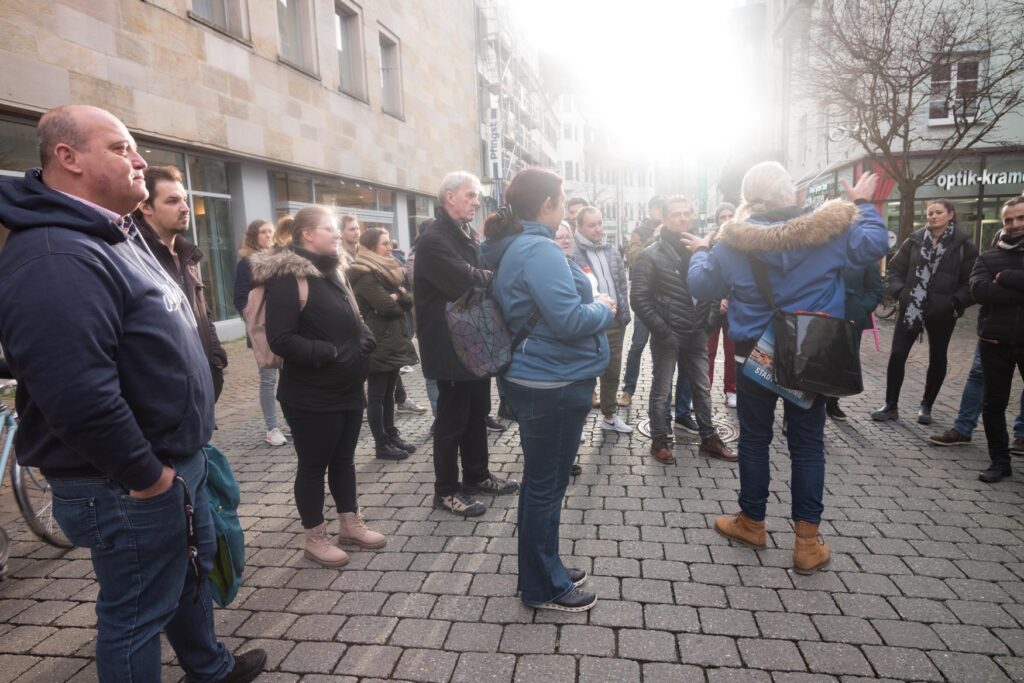
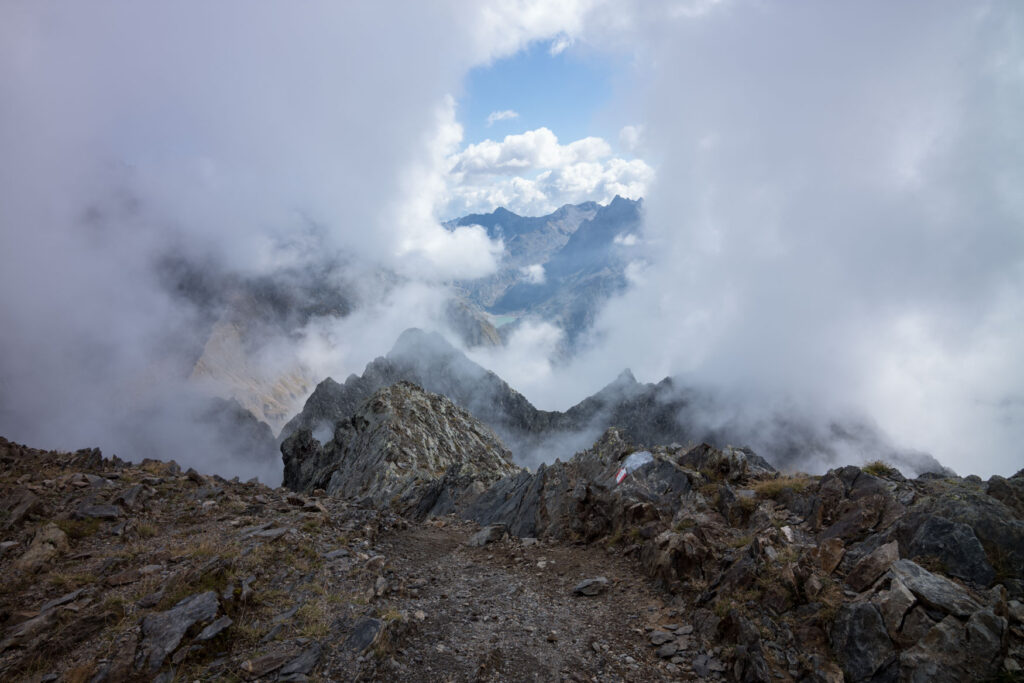
Bokeh and flare
A 21/3.5 just can’t be a bokeh monster, can it? Stopped down to f/5.6, you have a sharp rendering from 1,3m to infinity. Great for zone focussing but not for isolating your subject from the background. You can get some unsharp areas at the closest distance (50cm) and fully open. They look good to my eyes, but it’s pretty much a matter of taste. Flare, on the other side, is not a quality for me but a weakness. With the sun shining into the lens, you may get some glow and blown highlights. If you want, call this a moderate retro look.
My verdict, optics
The Voigtländer Color-Skopar 21/3.5 is a very good super wide-angle lens that performs to high standards. Colour rendering and sharpness are impressive, and most optical aberrations are very well controlled. If you count in the small size, it’s an exceptional lens.
Mechanics and handling
Overall appearance
The Color-Skopar 21/3.5 is a very small lens, even by rangefinder standards. It certainly belongs among the most compact lenses that are available in M Mount, and it is significantly smaller than the Leica Super-Elmar with similar specifications. The black finish makes a very durable impression, and the chrome mount and focus ring create a vintage look. The front bayonet mount for the lens hood is in shining chrome. While mechanically superb, it is optically annoying and can even create unwanted reflections.
Build quality
his small lens is all metal and glass, and focus and aperture rings have great and distinct haptics. There is just the right amount of play, not too stiff and not too loose. The aperture clicks into place at half stops, as usual with Voigtländer. There is no doubt that this lens can last for decades and that repair will always be possible. No plastic or electronic parts are used.
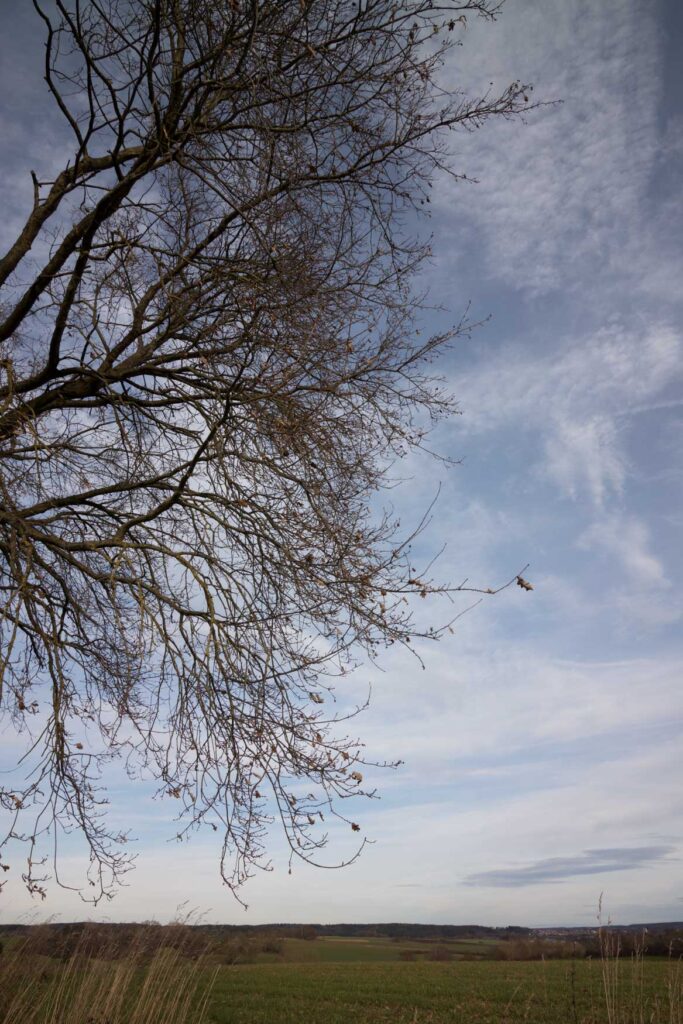
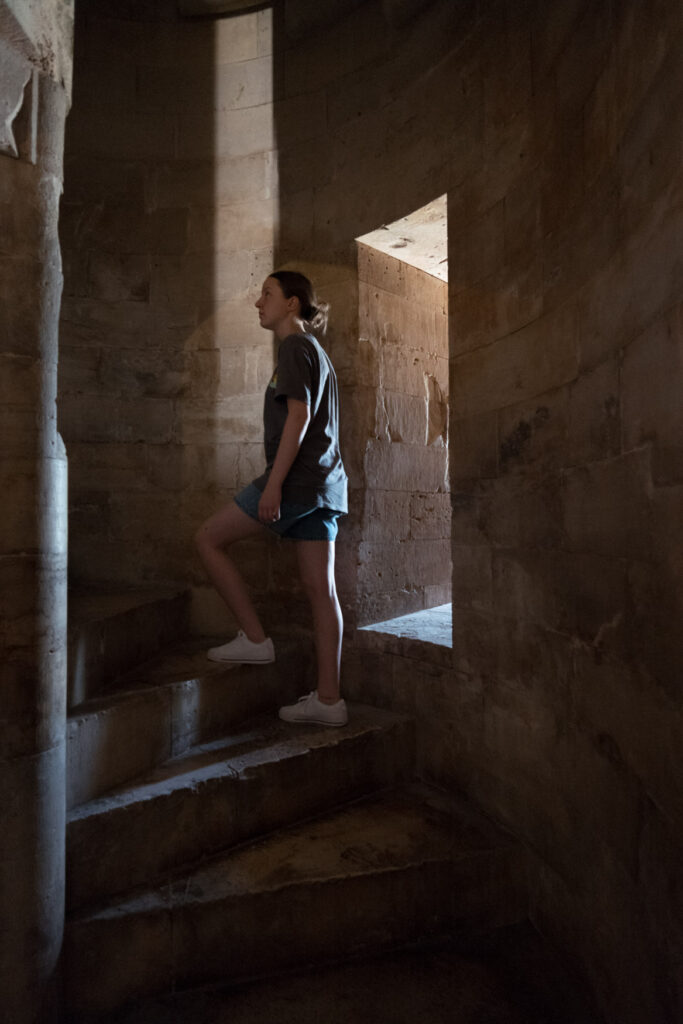


Focusing
The Color-Skopar focuses down to 50cm – that’s beyond the rangefinder limit of 70cm. For ultra close-up, you need either live view or an electronic viewfinder. So, it’s a nice extra for digital use. If you have a keen eye, you can try to estimate the distance — but the depth of field at 50cm and f/3.5 is only about 12cm! You can use the chrome ring or a small lever to set the focus. It is located at the 6 o’clock position at 110cm, which is kind of a standard. If you don’t like the lever, you can either unscrew it or buy a lens with a focussing tab (Type II) immediately.
Viewfinder
For almost all rangefinder cameras, you will need an external viewfinder if using a 21 lens. This one is so small that it will not significantly obstruct an external viewfinder (tested with Leica and Voigtländer models). The only body that can handle a 21 lens directly is the Bessa R4A or R4M. With the 21 frame lines selected, the lens is visible in the lower right quarter but not to a critical extent.
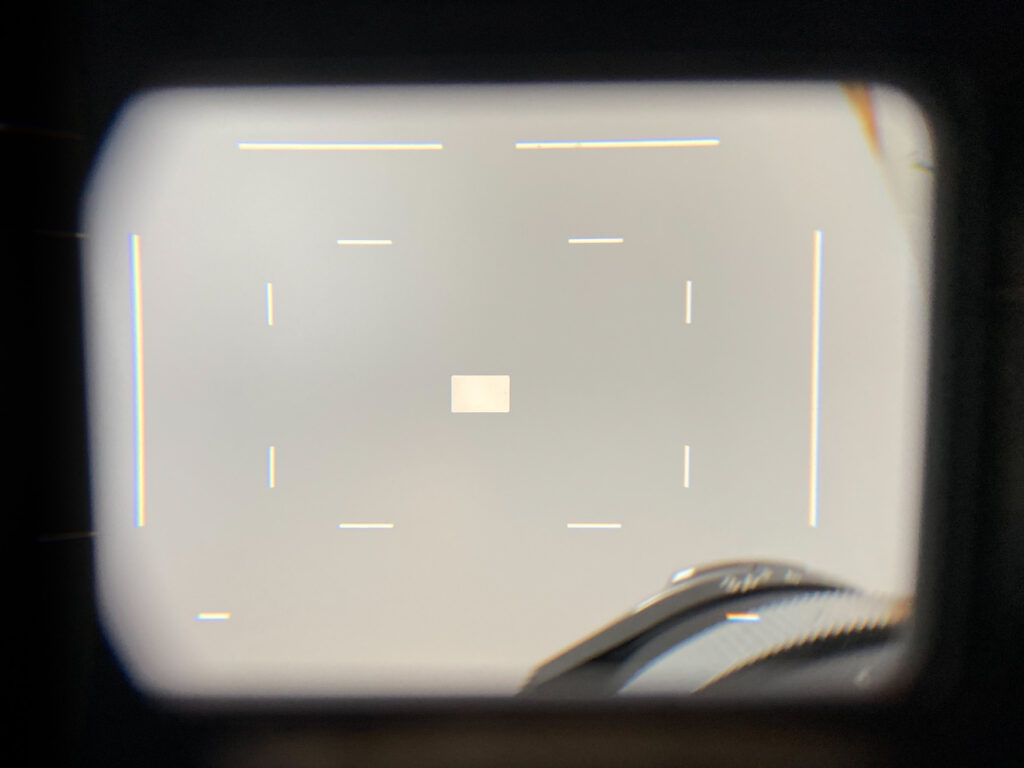


My verdict, handling
This lens is so small that you might think of it as a toy. It isn’t! The Color-Skopar 21/3.5 is very well manufactured and a joy to use. Its smallness prevents viewfinder blockage, and the ergonomics are intuitive. There is no reason not to add it to your (travel) kit, but this lens is definitely one for the bag.
Alternatives
The 21mm focal length with its 90-degree angle of view has been a rangefinder classic for decades. In fact, rangefinder cameras are owing much of their prestige exactly to this focal length. It was the shortest the industry was able to produce at a reasonable cost and with good image quality — as long as the rear lens was allowed to be placed close to the film — and that’s where SLR cameras were the wrong platforms with all the space needed for the mirror.
Out of all the 21mm lenses made for M mount, I want to present a few possible alternatives to the Color-Skopar 21/3.5. The first that comes to mind is the Leica Super-Elmar 21/3.4. This is a stellar lens and maybe the way to go if money does not matter. A faster option is the Zeiss 21/2.8, which gets by without aspherical elements; it’s also an excellent performer; see The M Files, Episode 12. Finally, the Voigtländer Color-Skopar 21/4 comes to mind (unfortunately, Cosina does not have a knack for the nomenclature of their lenses), a very small and affordable lens. It is only a half stop slower and shows good results on film, while there are some caveats in digital use.
Voigtländer Color-Skopar 21/3.5 VM and Ultron 35/2 VM: The bottom line for the 21
The Voigtländer Color-Skopar 21/3.5 is a versatile and remarkably tiny super wide-angle lens for M-mount rangefinder cameras. It is a good choice if you don’t need more speed because you are not shooting in poorly lit situations or because your camera has excellent high ISO performance. The Voigtländer is outperformed by the Leica Super-Elmar, but the difference in rendering is much smaller than the difference in price. And if you’re new to rangefinder photography or if you first want to try out whether the 21 focal length suits you, it’s a no-brainer.
The Voigtländer Ultron 1:2/35
Technical data, scope of delivery, price and availability
The full name of this lens, as engraved on the front ring, is VOIGTLÄNDER ULTRON 1:2/35. It was introduced in 2018 in its first classic-looking version. Type II followed in 2021, it’s the same as with the Color-Skopar. Both types have the same optical design but different barrels.
The striking similarities with the Color-Skopar extend to some technical data: Weight (205gm as-in-my-bag or 170gm naked), length (35mm with mount, 28 without), diameter (52mm). The filter size is again E39. In fact, the barrel seems almost identical, which can cause confusion in your bag. Even the pricing is similar; the Ultron costs €749 for Type I and €799 for the better-looking (?) Type II, all of them are available new (as of January 2023).
The lens is sold without a hood. Two models fit: Voigtländer recommends the LH-12 (€99), a retro-styled monster. The bayonet also adapts the smaller, vented LH-4N (€79), which can also be used on some of the smaller Voigtländer lenses. The same OP/Tech 251 is great if you need a pouch.
Optics and rendering
Lens design
The Voigtländer Ultron 35/2 may look vintage, but its optical design is anything but. The Ultron follows modern principles, it has one aspherical lens and one with abnormal partial dispersion; it is an eight elements in five groups design, quite complex for a semi-fast 35. The aperture has ten blades, exactly as in the Color-Skopar.
Colour drift and vignetting
I saw a bit of vignetting when used wide open. A Leica profile (try the one for the 35/2 pre-aspherical, 11310) can help, but maybe you see more correction than you would wish for. Colour drift (see explanation above) is no issue on the M10. Older digital Leica M bodies are more susceptible to this problem, so make sure you can try the lens before buying on the camera you want to use it with (this applies to all third-party wide-angle lenses. The wider, the more critical).
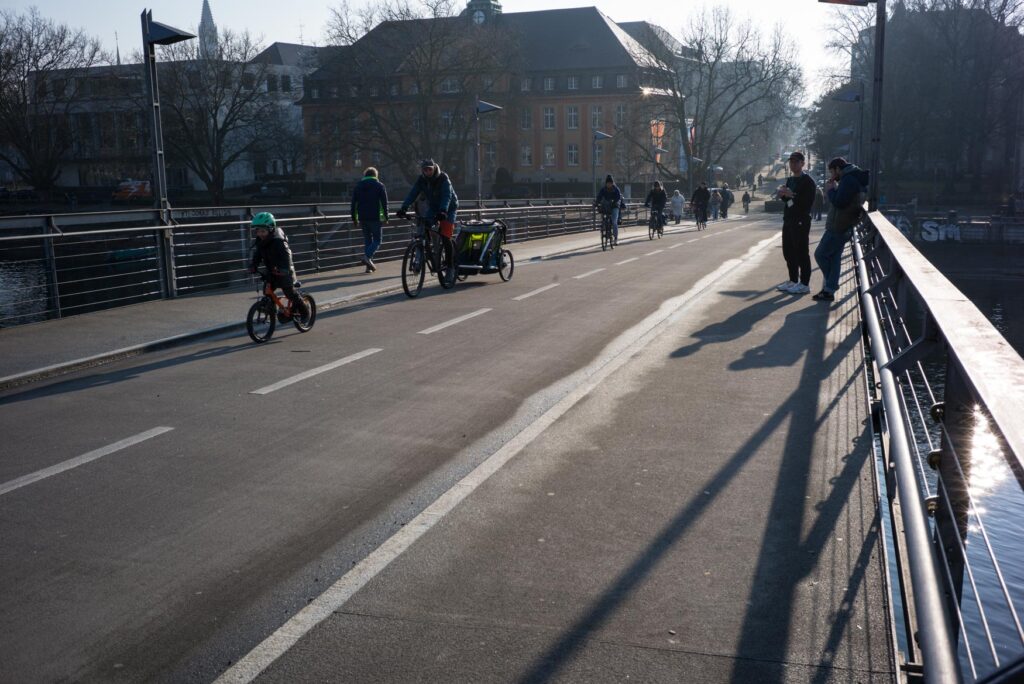


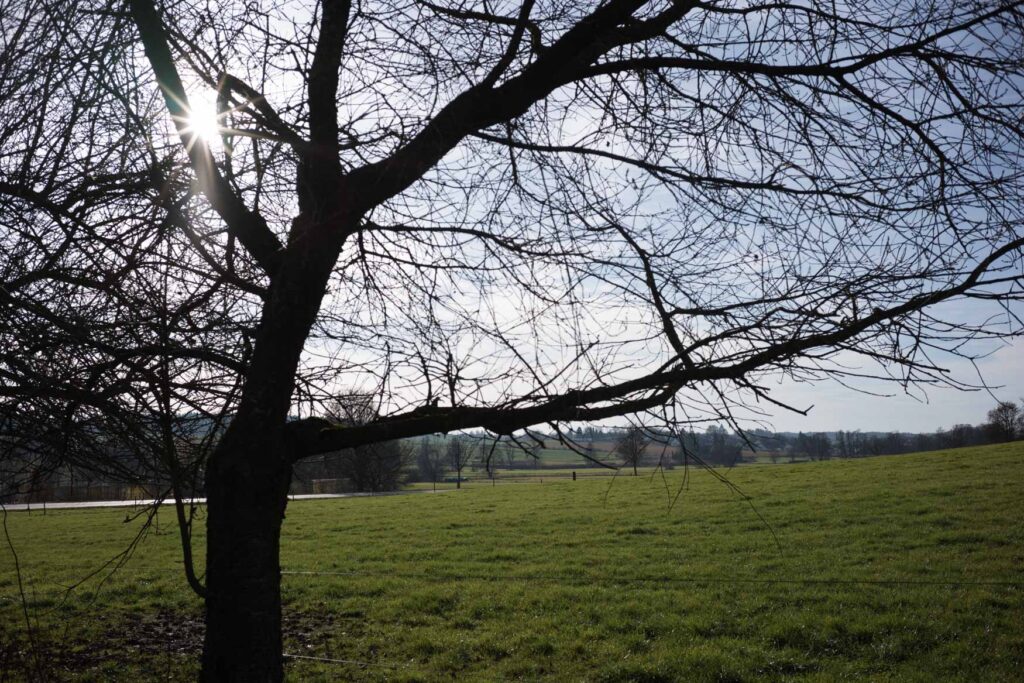
Chromatic aberration
CA, contrary to widespread opinion, also occurs in wide-angle lenses. The reason why apochromatically corrected (APO, read more about this somewhat difficult concept here or refer to Jono Slack’s excellent Macfilos article on Leica APO designs) lenses were almost always telephoto lenses in the past is that chromatic aberration is more visible (that is, nastier) in longer focal lengths. That said, the Color-Skopar is very well-behaved. You will not see prominent sharpness or contrast impairment caused by CA either in in-focus or out-of-focus areas — especially when stopped down a little.
Sharpness
Both Sean Reid (subscription highly recommended) and Claus Sassenberg (in German, but you will get the point) made in-depth studio tests of this lens. Their results are echoed in my practical experience. Perfect sharpness in the centre from wide open, off-axis fast improving from a high starting level when stopped down a bit. Great contrast right into the tiniest details. And no focus shift (other than older Leica Summicrons or even Summiluxes). Certainly, one of the sharpest 35s I have used so far.
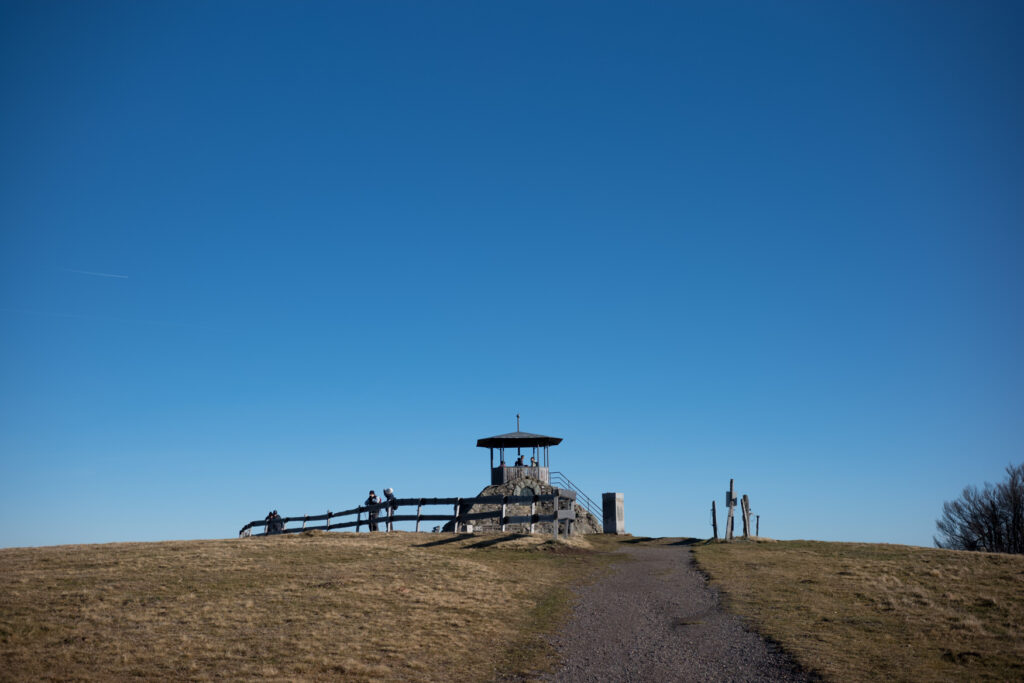


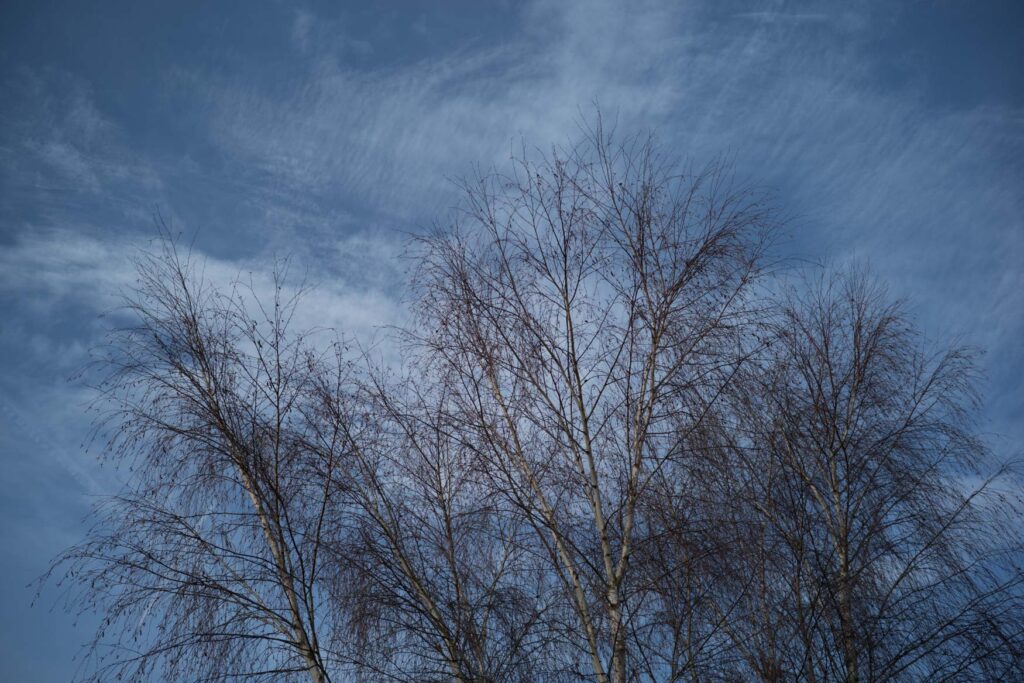
Bokeh and flare
A 35/2 offers quite some space for creative work with unsharp areas. Focused to closer distance, it enables you to get background blur. The rendering of the latter is satisfying to me but not as creamy as I have seen in other lenses. Not the strongest point of the Ultron but not a problem either. Flare is well controlled; the sun or another strong source of light in the composition causes no trouble. But be aware of the sun just out of the frame.
My verdict, optics
As good as it gets for such a compact and inexpensive 35. The optical quality is simply impressive. If you think you need even better, be prepared to invest considerably, either in terms of size (the massive APO-Lanthar) or in terms of exorbitant cost (APO-Summicron).
Mechanics and handling
Overall appearance
I mentioned that the 21/3.5 and the 35/2 seem almost to be twins. They look almost the same. So, all that is said about the Color-Skopar is also true for the Ultron. Again, if you prefer, there is a version with a focus tab instead of the small lever. This one, called Type II, has also less of a retro look. Matter of taste, I would say.
Build quality
As good as the Color-Skopar. Maybe a Leica lens is even more durable, but this seems to me more a question of decades rather than of years. And the Voigtländer is Made in Japan and not Made in Germany, but mind you, there is now a very high manufacturing standard in Japan. Forget the 1960s and 1970s with their cheapish electronic devices.

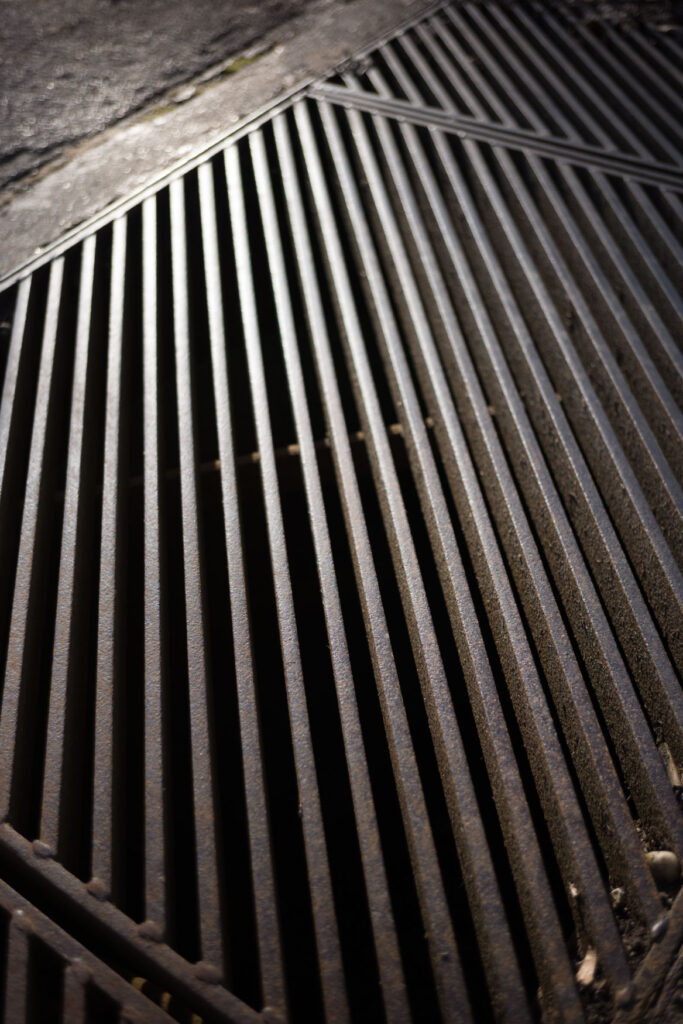

Focusing
The Ultron’s close focus distance is 58cm. Do you remember the PR fireworks after Leica introduced lenses with under 70cm close focus? Well, Voigtländer has been offering this for years now. As above, you need live view or an EVF to take advantage of this. The depth of field is just a few centimetres at 58cm and f/2. When the focusing lever points exactly downwards (six o’clock position), the lens is set to 110cm again.
Viewfinder
At close focus and without a lens hood, there is little to no viewfinder blockage if this lens is used on a Leica M with the standard .72 viewfinder. With the lens hood attached, it becomes obvious why a vented design is so useful because it gives you much better control over your framing. The lens obstructs the lower right significantly on a Leica with a .85 viewfinder, but the better focus accuracy might compensate for this.
My verdict, handling
The Ultron 35/2 is a very well-made lens that is easy to handle. It fits very nicely into any rangefinder kit and is truly ergonomic in use. If you want, for travel maybe, a very compact one-camera, one-lens setup, the tiny Ultron might be a perfect choice. In case you prefer a focus tab instead of the pseudo-nostalgic lever, consider the newer Typ2.
Alternatives
Ever since the seminal Leica M2 with its wide-angle viewfinder, the 35mm angle of view (63 degrees) has been a classic for any rangefinder camera. There are famous and almost forgotten designs, prestigious lenses and bread-and-butter models. Early, fast versions with f/1.4 were available and slower ones with even better rendering or at a remarkably lower price. Any of these lenses will enable the user to shoot a wide variety of subjects, from environmental portraits and reportage work to landscapes and urban scenes.
When it comes to possible alternatives to the Ultron, Leica’s Summicron springs immediately to mind. The classic (non-APO) version in its latest iteration (ASPH) has a somewhat mixed reputation; I personally always liked this small and competent lens. Zeiss has no fewer than three 35mm lenses in the line-ups; the Biogon 35/2 is brilliant but less compact than the Voigtländer. This is even more true for Voigtländer’s APO-Lanthar 35/2: As I wrote in episode 14 of The M Files, this one is a beast in its dimensions but also excellent in terms of optics (in fact, it is visibly better than the Ultron, with no CA and stunning edge-to-edge sharpness).
If we look at the extremities of the price scale, at the one end is the new APO-Summicron 35, which seems to be otherworldly in its performance. At the other end, another 35 from Voigtländer, the Color-Skopar 35/2.5, a very small, inexpensive and competent lens both for film cameras and newer digital rangefinder bodies. Read more about this one in episode 6 of The M Files.
Voigtländer Color-Skopar 21/3.5 VM and Ultron 35/2 VM: The bottom line for the 35
Claus Sassenberg writes about the Ultron: “Everybody loves an underdog”. I would put it this way: Being very small, very good and affordable, the Voigtländer Ultron 35/2 might be the only 35 you ever need if f/2 and non-Leica are okay. Period.
Conclusion: Voigtländer Color-Skopar 21/3.5 VM and Ultron 35/2 VM lenses — a poor man’s Summicron and Super-Elmar?
Are the Voigtländer Color-Skopar 21/3.5 and Ultron 35/2 VM lenses a lower grade alternative to their comparable Leica lenses, the Summicron 35/2 and the Super-Elmar 21/3.4? The similarity of technical specifications and, partly, in the designs might trigger this idea. However, these two lenses are worthy products in their own right, and Voigtländer comes pretty close to the perfect solution of the magical equation for rangefinder lenses.
The saying for a lens goes: Small, fast, good, inexpensive – pick any three. At a very reasonable price point, the Voigtländer Color-Skopar 21/3.5 and Ultron 35/2 VM lenses offer very good image quality, very small size and reasonable speed — especially the 35. If Leica prestige does not matter, what much better could you say about a rangefinder lens?
Voigtländer Color-Skopar 21/3.5 VM and Ultron 35/2 VM: Almost no brainers
The duo of the Voigtländer Color-Skopar 21/3.5 and Ultron 35/2 VM lenses might just be right for almost all photographic jobs you would preferably do with a rangefinder camera apart from portraits. And add to your kit a good 90, for example, the equally small APO-Skopar, and you have all you might ever need. Furthermore, you can get the complete lens trio for less than the cost of the least expensive new Leica lens.
What do you think? Are Voigtländer lenses still “underdogs”? Is the Leica nimbus really the thing they are objectively lacking? What role does smallness play for you? And the affordable price, especially when travelling in no-so-safe places? What arguments do you have for investing in Leica glass, or what draws you in the direction of Zeiss or Voigtländer? The comments section is yours!
The M Files: Get in-depth knowledge of M-Mount lenses, cameras and suitable accessories
The M Files is an ongoing project on Macfilos that focuses on photographic equipment with or for Leica M-Mount, made by companies other than Leica or which are otherwise not part of Leica’s M system. It follows a more or less encyclopaedic approach without being scientific. The focus is always on the real-life use and useability of cameras, lenses and other items. Products covered by The M Files include cameras, lenses, viewfinders, light meters and more. Some of the brands in the growing list are Contax, Konica, Minolta, Rollei, Voigtländer and Zeiss.
Die M-Files: M-Mount-Objektive, -Kameras und passendes Zubehör jenseits von Leica M
Die M-Files sind ein Langzeit-Projekt, das sich auf Foto-Ausrüstungsteile mit oder für Leica M-Bajonett konzentriert, die von anderen Firmen als Leica hergestellt wurden oder die nicht zum M-System von Leica gehören. Es verfolgt einen mehr oder weniger enzyklopädischen Ansatz, ohne wissenschaftlich zu sein. Der Schwerpunkt liegt immer auf der praktischen Nutzung von Kameras, Objektiven und anderen Produkten. Zu den in den M-Files besprochenen Produkten gehören Kameras, Objektive, Sucher, Belichtungsmesser und mehr. Einige der Marken auf der wachsenden Liste sind Contax, Konica, Minolta, Rollei, Voigtländer und Zeiss. In deutscher Sprache erscheinen die Inhalte auf www.messsucherwelt.com.
Want to contribute an article to Macfilos? It’s easy. Just click the “Write for Us” button. We’ll help with the writing and guide you through the process.

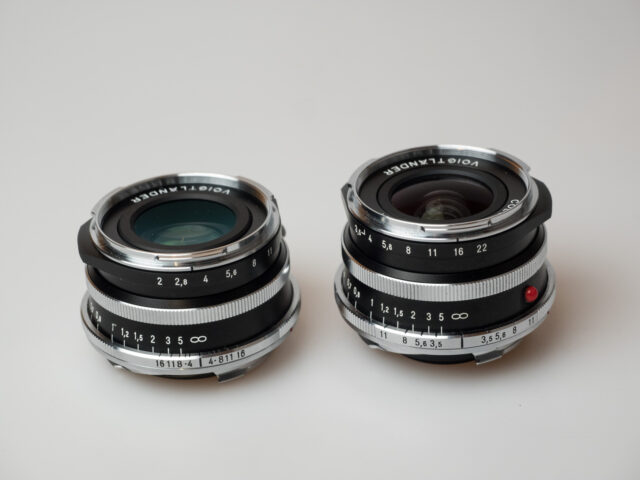
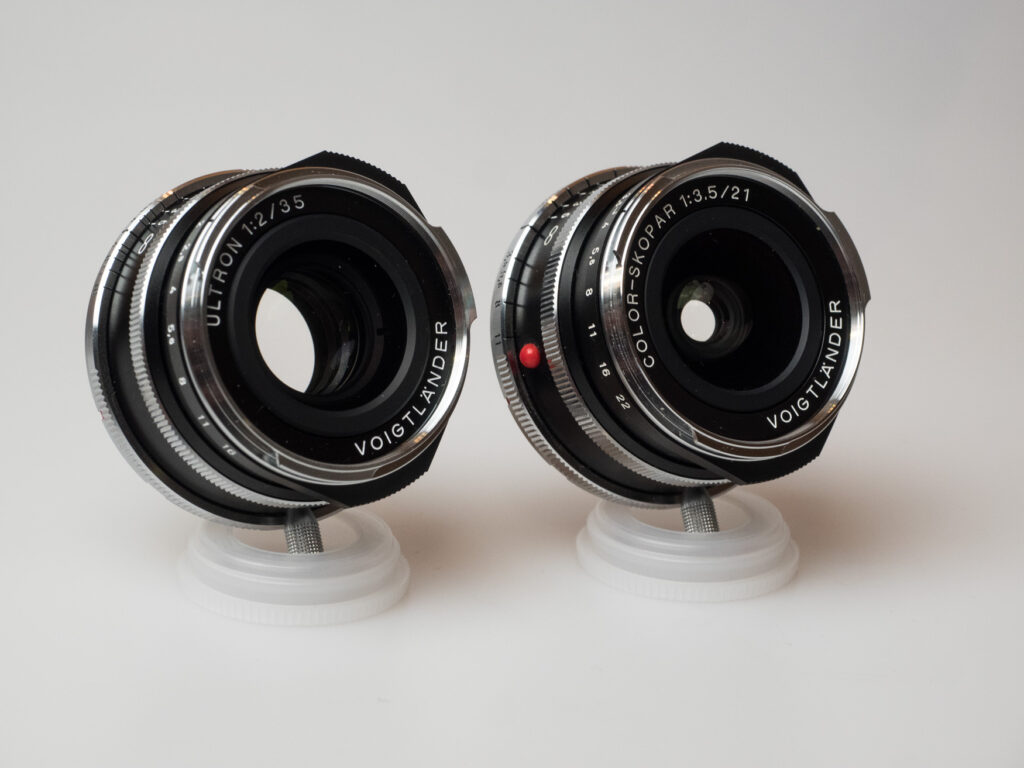
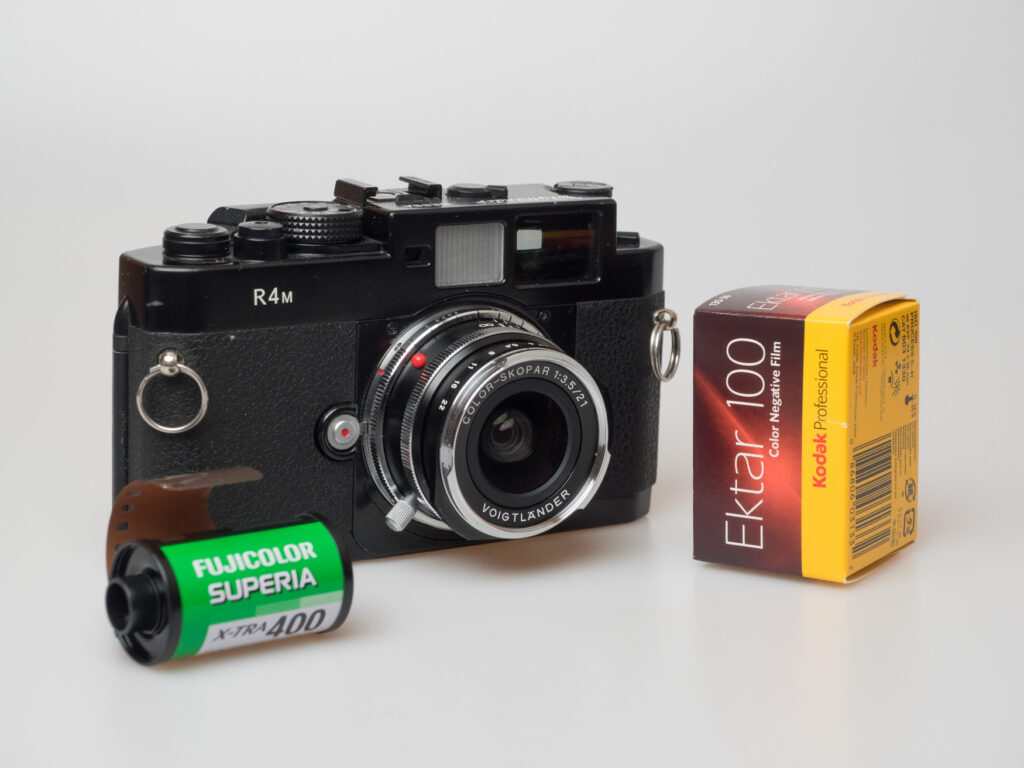
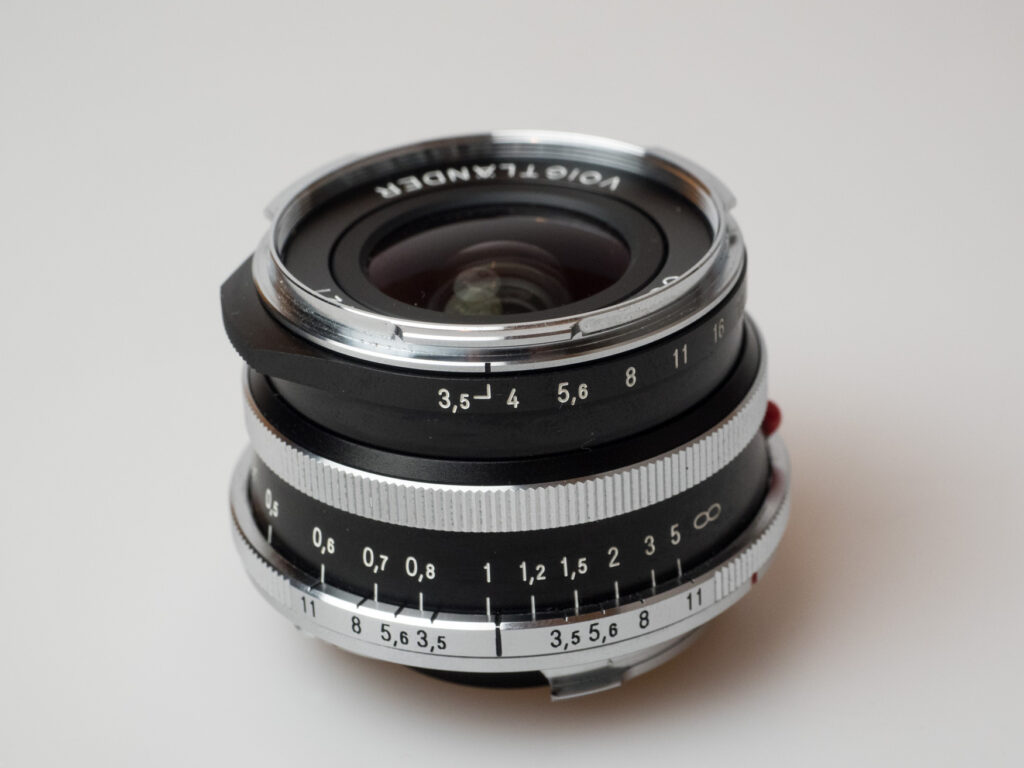
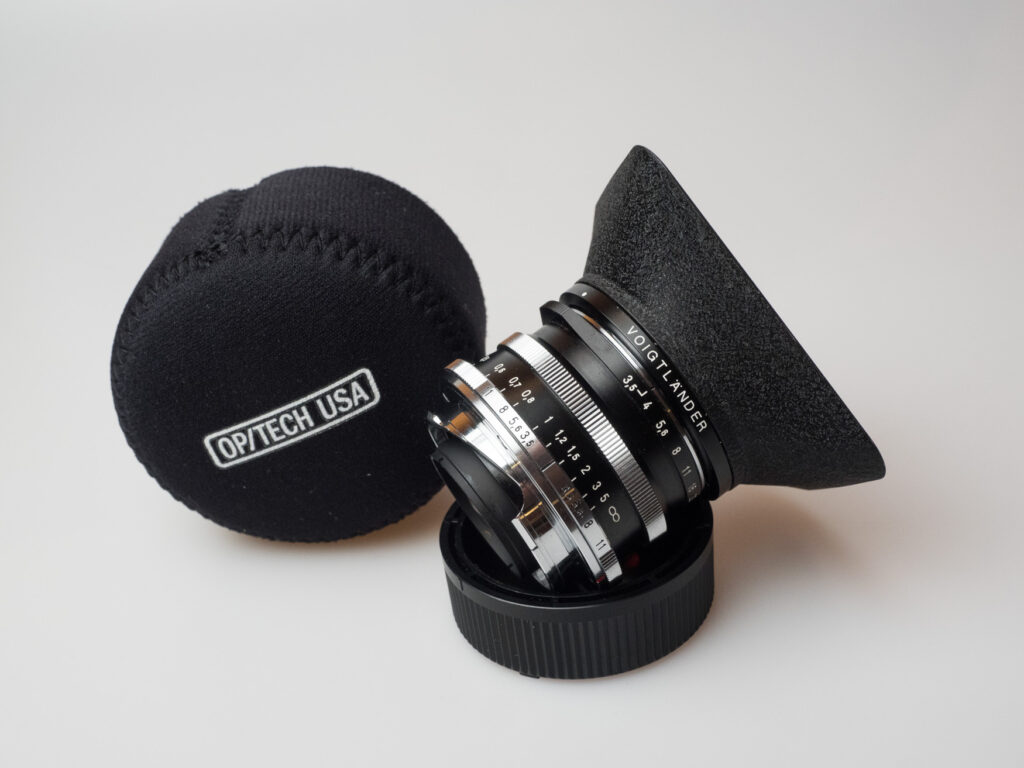
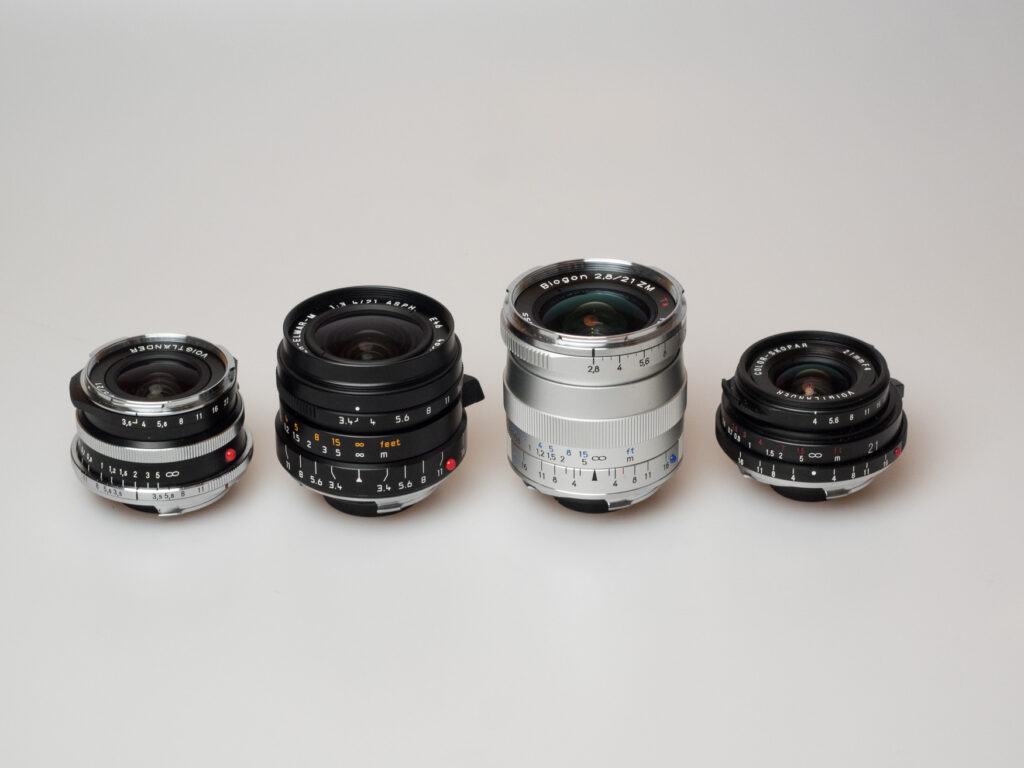

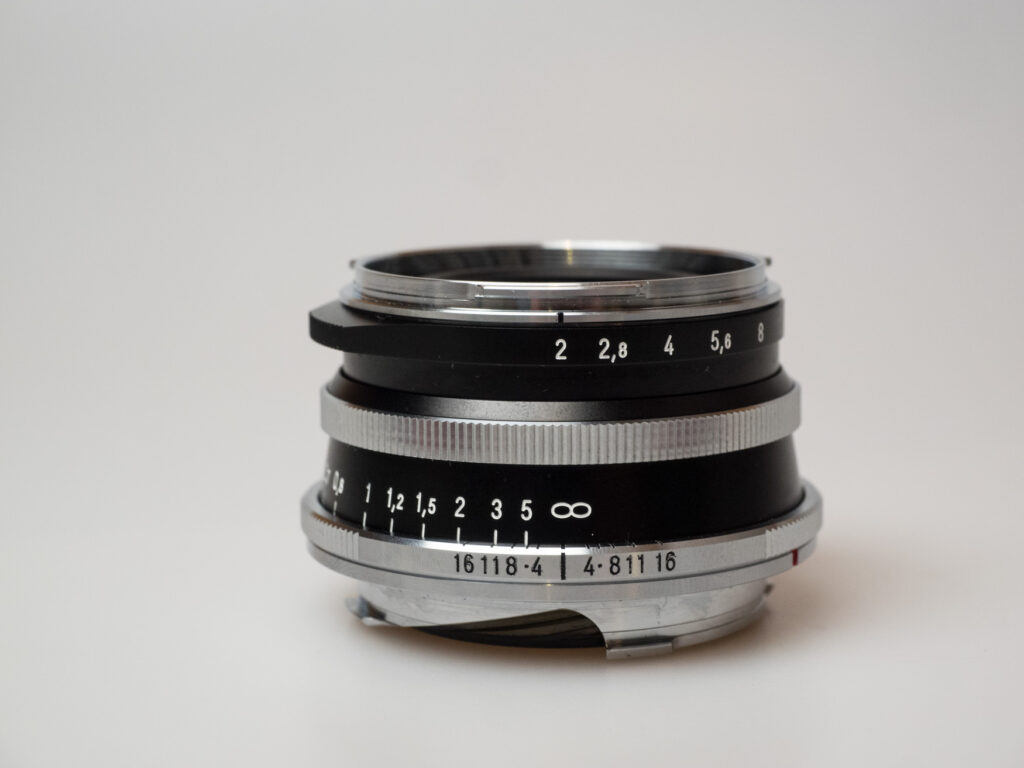
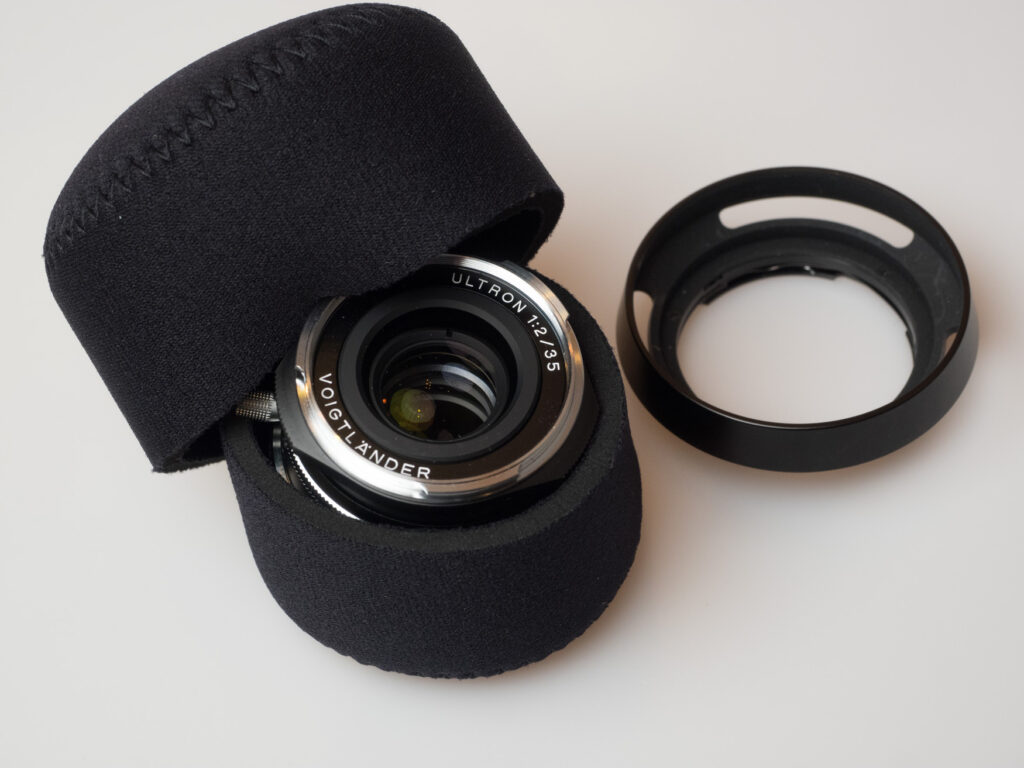
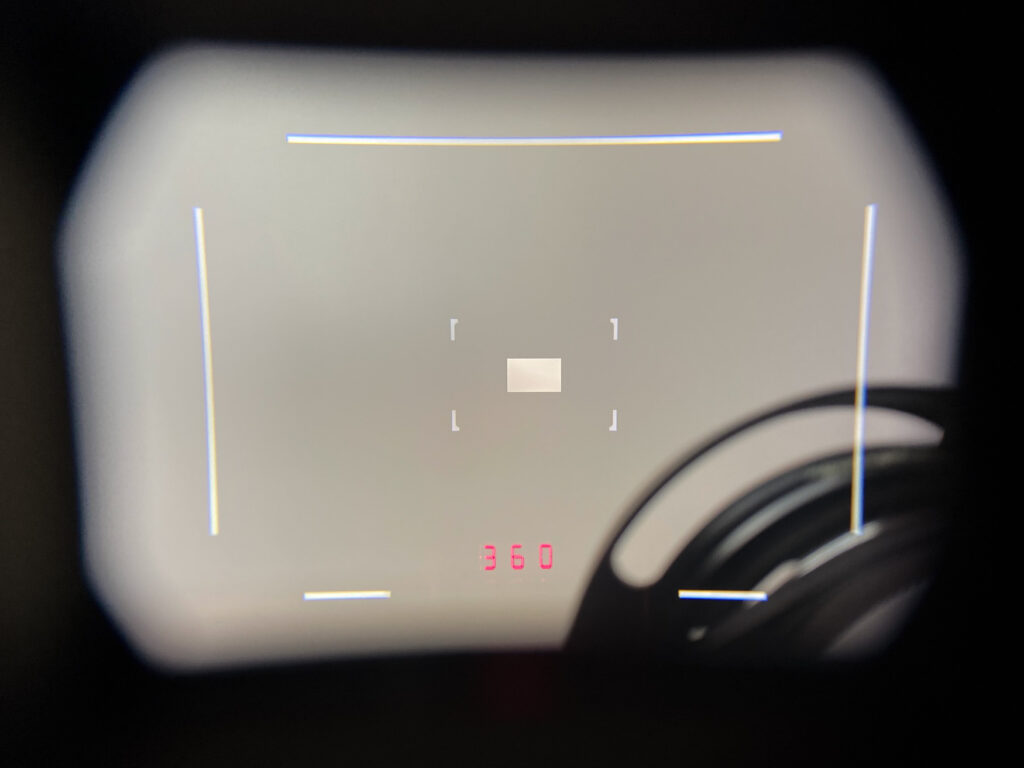
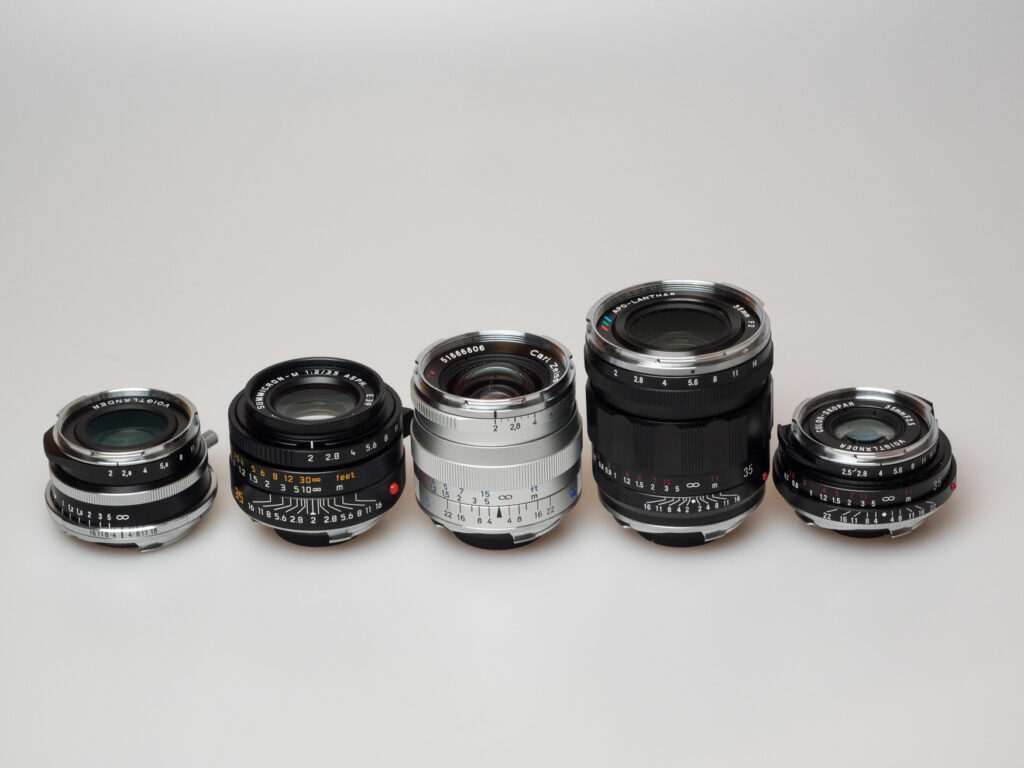
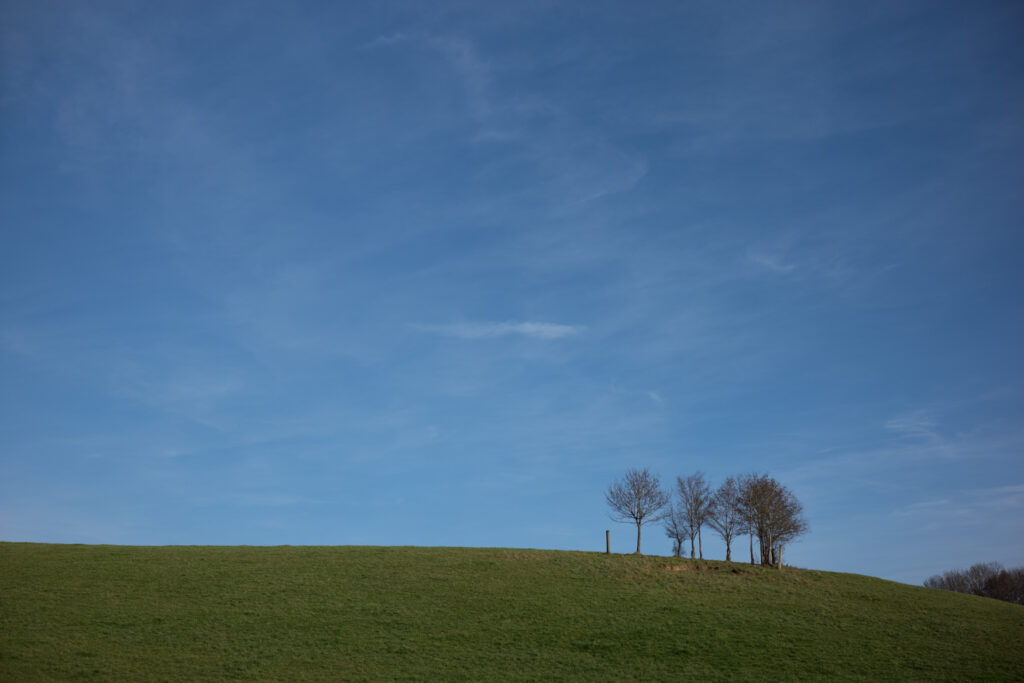
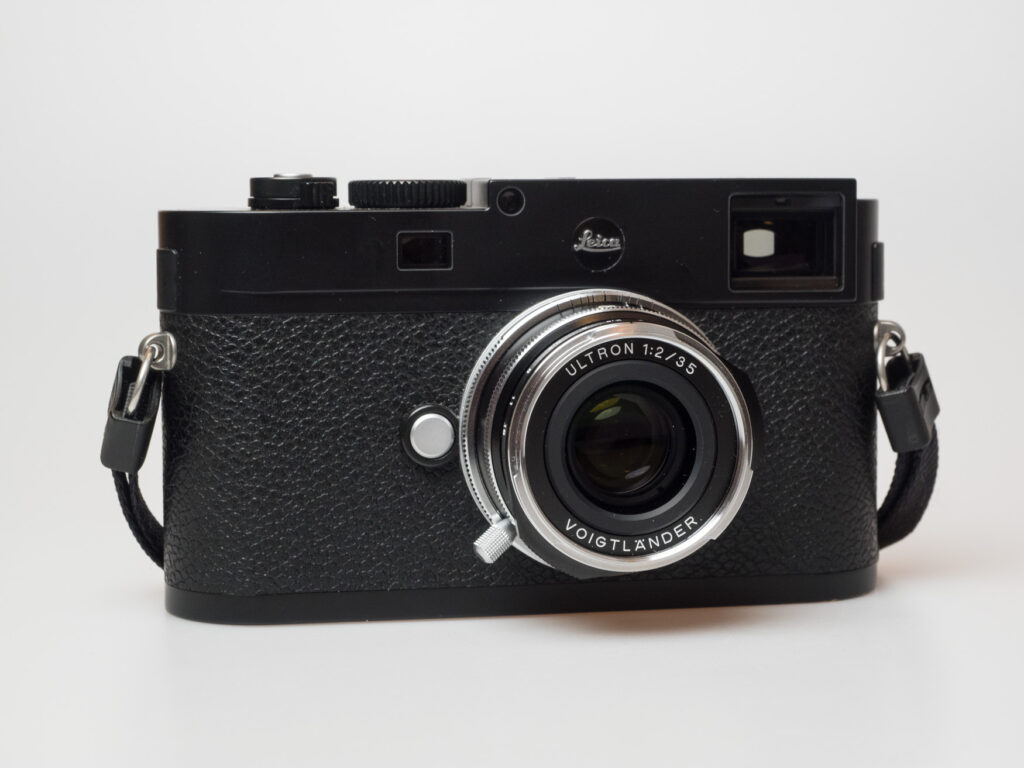
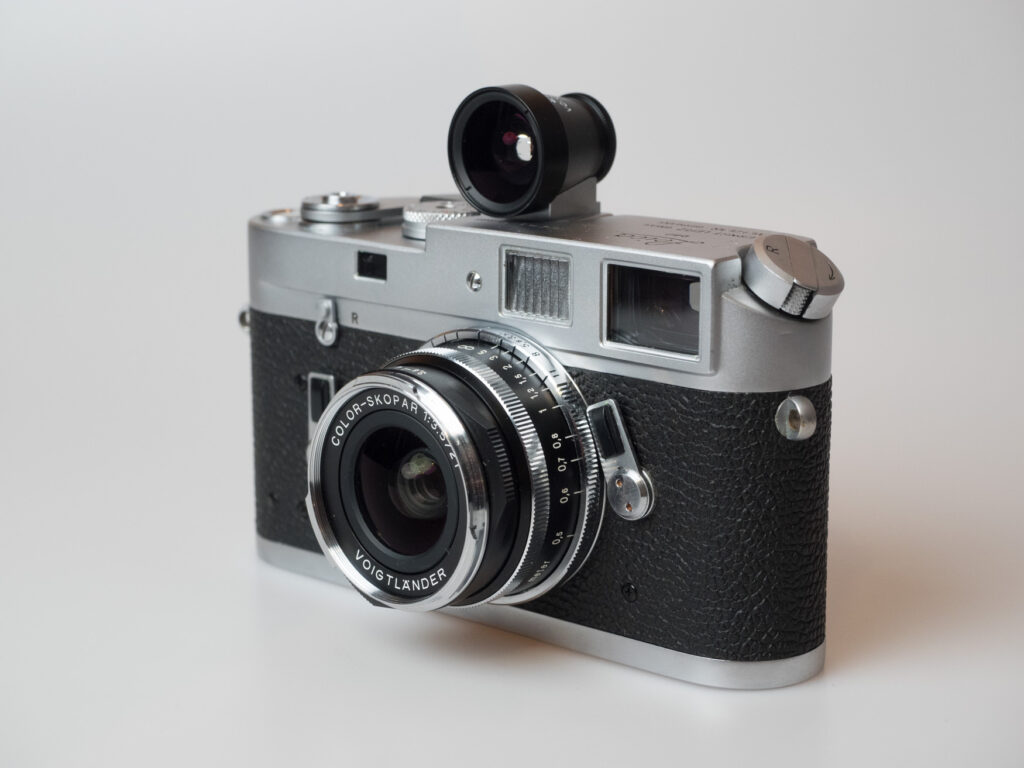




Hi, Joerg-Peter.
I’m wondering if the LH-11 Hood fits the 35mm f2. I think it’s a smaller-looking hood compared to the LH-12.
Thank you so much for your help.
Hi GarciaJ, both lenses have a 39mm filter thread so I assume the bayonet mount is the same. But then again the LH-11 is designed to shade the 21mm, so it will be of limited use with the 35mm and at the same time giving notable viewfinder obstruction. If I have the chance to give it a try I will add the info in the comments section. JP
Amendment: I would go for the small and effective LH-4N straight away (see in „scope of delivery… above). JP
Hello again, I was able to check it now. The LH-11 fits mechanically on the 35/2. However, it is of limited use because it is designed for a much wider (21mm) lens. And it blocks the lower right part of a Leica M viewfinder (15-20 per cent of the area inside the 35mm frame lines) considerably. Not an option I would recommend. JP
Hi Joerg-Peter, many thanks! I enjoyed the article, as always, even though I am not a rangefinder user. The photos taken in Italy, especially climbing in the Alps, were a treat. Do you own all the lenses you review? If so, you must have an impressive collection! Cheers, Keith
Thanks, Keith, for the feedback. Your approval means something to me. And no, of course I do not own all these lenses, I get quite some of them on loan from private persons. Or I buy them used and sell them again. What I never do is accept loans from manufacturers or dealers who expect a (positive) review in return. JP
Hi Joerg-Peter, I love all your articles and thanks for putting them up. With 35 Ultron, though your samples don’t show much, the bokeh can be unpleasant when there is foliage in the near background. It is a sharp, dinky lens but my preference is the biogon 2.8 which is a cranking lens, though not as bright. I have always wanted to try biogon f2 but it is hard to find easily. I believe Zeiss brand has stopped producing M mount lenses.
Thanks, Marsh, for the kind feedback. Bokeh is not the strongest side of the Ultron, I agree, but it’s not great with the Summicron ASPH (non-APO) I have used earlier either. The Biogon 35/2.8 is stunning for sure if you have no problems with colour drift. The Biogon 35/2 will be covered in a later M Files episode hopefully. By the way: The ZM lenses are not discontinued, I was told by Zeiss. JP
Excellent write up- J-P. Another excellent addition to the M files.
I decide a few years back that if/when i find an M8 that i don’t consider exorbitantly over-priced (hmmm, possibly a far fetched scenario!) then i was immediately going to pair it with a Voigt 28/2 Ultron Vintage. To my eye, they’re 95+ percent Leica level at a quarter (or less) of the price.
All the best.
Good luck, Jason. I would not put in in exact figures but some Voigtländer lenses are true rivals to Leica lenses. The Ultron 35/2 is one of them as also the more scientific test (see the links in the article) have shown. JP
Hello Mike. Nothing as grand as the APO. Just the regular summicron. I didn’t think what I wrote appeared as hyperbole. Though since using the summicron it has taught me to look beyond or judging a lens based upon its inherent sharpness or rendering of contrast. https://grainery.app/p/OCuggMG3x2UnPDCI0mhj
Dear Gireesh, thanks for your feedback. It’s great to read that you found The M Files helpful. And of course I hope you won’t regret buying the Zeiss lenses, the 35/2.8 is extraordinary also according to Sean Reid and others, and so is the 35/1.4… if you like this kind of rendering. All that said, the good old Summicron 50 is an outstanding lens and it has been produced with the same optical formula sind 1979 now. They made something very right with this one. But as you know, The M Files arebout alternatives to all thes -crons and -luxes and so on. JP
Hello JP. And just when it was sorely missed, another instalment of the M files returns ! Like your best articles, this begs to be read more than once. I don’t have a digital M body. At least not yet. Though I have several M film bodies of which the M-A and MP are the mainstays. I don’t mind admitting I’m a huge fan of the M files and this prompted me to buy several Zeiss lenses to use with the Leicas rather than Leica glass. It’s been hundreds of film rolls over 6 months and Zeiss glass has been exemplary. This changed somewhat when I recently acquired a Summicron 50mm (latest version). Images created with this lens at first seemed not to display the sharpness conveyed by the Zeiss lenses chiefly the 35mm F2.8. I preserved and exposed colour film which was out of the ordinary for me. About 10 -15 rolls later I saw consistently that the summicron although not having clinical sharpness was indeed sharp and had other qualities which I hadn’t noticed immediately since contrast and sharpness often took centre stage when I looked at an image. I attributed this to the fact that I had become attuned to seeing HDR images whicb are pervasive these days and also working with Ricoh GR series of cameras and zeiss lenses. What I personally noticed on the summicron was a greater tonal detail and an image realistically depicted. It didn’t turn the dial up on contrast like my Zeiss 35mm F1.4 Distagon neither did it create sharpness redolent of Ginzu knives. This is possibly old hat to you JP having possibly used a plethora of lenses. I reach for the Summicron a great deal now. It does a convincing reproduction of life. I notice that the sharpness and contrast of the Ultron is indeed admirable. But it is no Summicron.
As a matter of interest, Gireesh, are you referring to the 50 Summicron or the Apo Summicron?